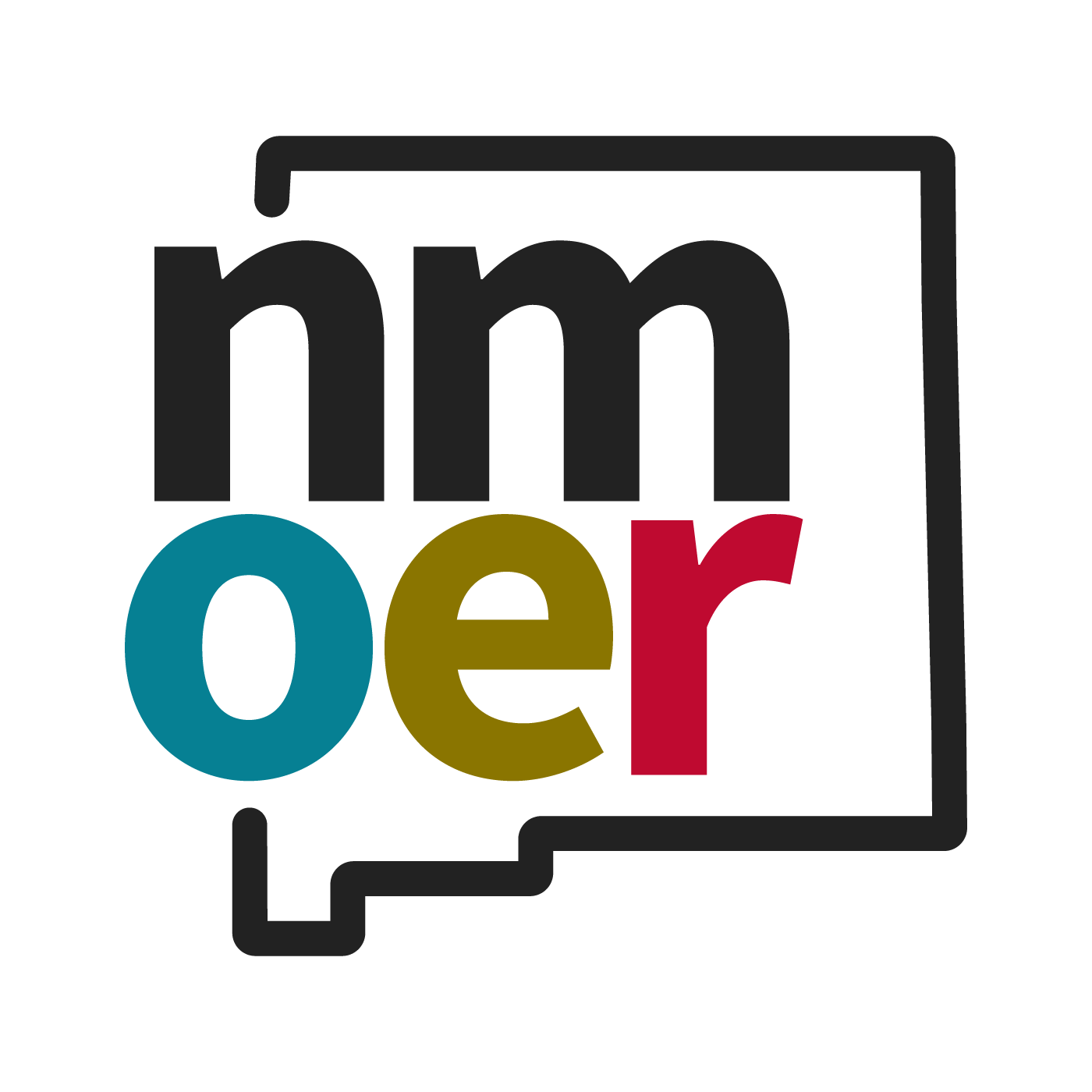1.5: Qu’est-ce que c’est ? Identifier les choses
Objectifs
In this section, you will learn how to:
- Ask who people are
- Identify who people are
Media Alternative
Listen to the audio clips that follow on this page to hear the French pronunciation of vocabulary and examples presented.
On étudie !
How do we ask what or who is it in French?
- Let’s look at how these two people ask and answer “who is it?” and “what is it?”
- To practice, you can listen and repeat their dialogue.
Vocabulaire utile : un oiseau a bird.
Utilisation et réponses
| Questions | Réponses |
|---|---|
|
Qui est-ce ? |
C’est + personne (affirmatif) Ce n’est pas + personne (négatif) |
|
Qu’est-ce que c’est ? |
C’est + une chose (affirmatif) Ce n’est pas + une chose (négatif) |
Pour en savoir plus.
Articles indéfinis
| Genre | Singulier | Pluriel (a, an) |
|---|---|---|
| masculin | un (a, an) | des (Ø, some) |
| féminin | une (a, an) | des (Ø, some) |
Pour en savoir plus.
Watch these videos to practice pronouncing and asking the question “Qu’est-ce que c’est ?”:
- How to pronounce Qu’est-ce que c’est ?
- Practice asking Qu’est-ce que c’est ?
Identification des choses
| Question, réponse | Question, answer |
|---|---|
|
Qu’est-ce que c’est ? |
What is it? What is this, that? |
| Est-ce que c’est… ? | Is it…? |
|
C’est… (singulier) Ce sont… (pluriel) |
It’s… |
On pratique !
Activité A
You have two items listed each time and one image next to them. Which one does the image represent?
- Follow the example in the video below.
- To practice, you can listen and repeat their dialogue.
Modèle : une plante ou un insecte —>
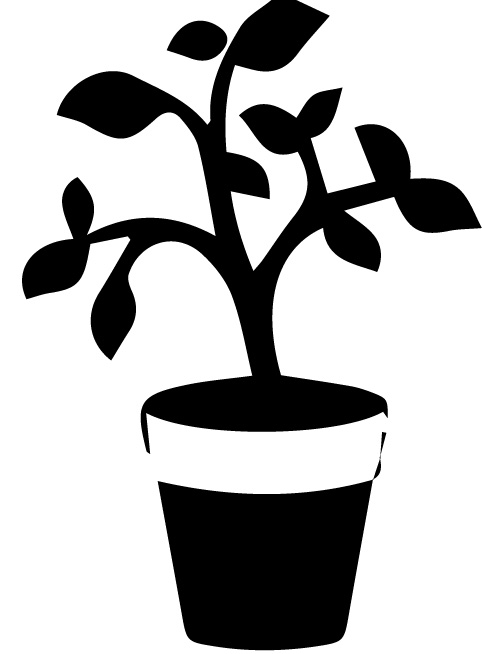
— Est-ce que c’est une plante ou un insecte ?
— C’est une plante.
Est-ce que c’est… ?
1. un lapin ou un chien
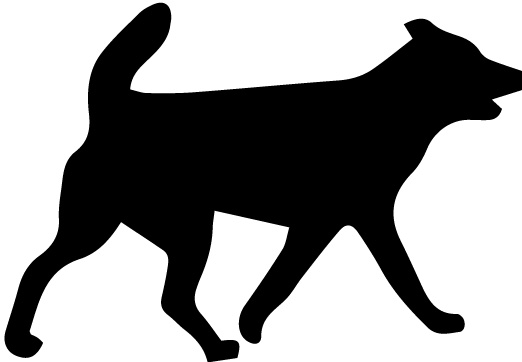
2. une tortue ou un singe
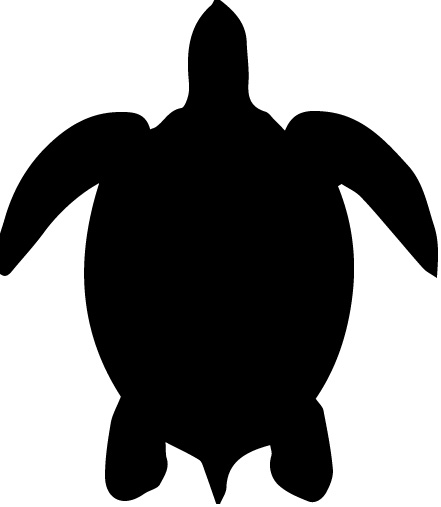
3. un éléphant ou une baleine

4. un crocodile ou un panda
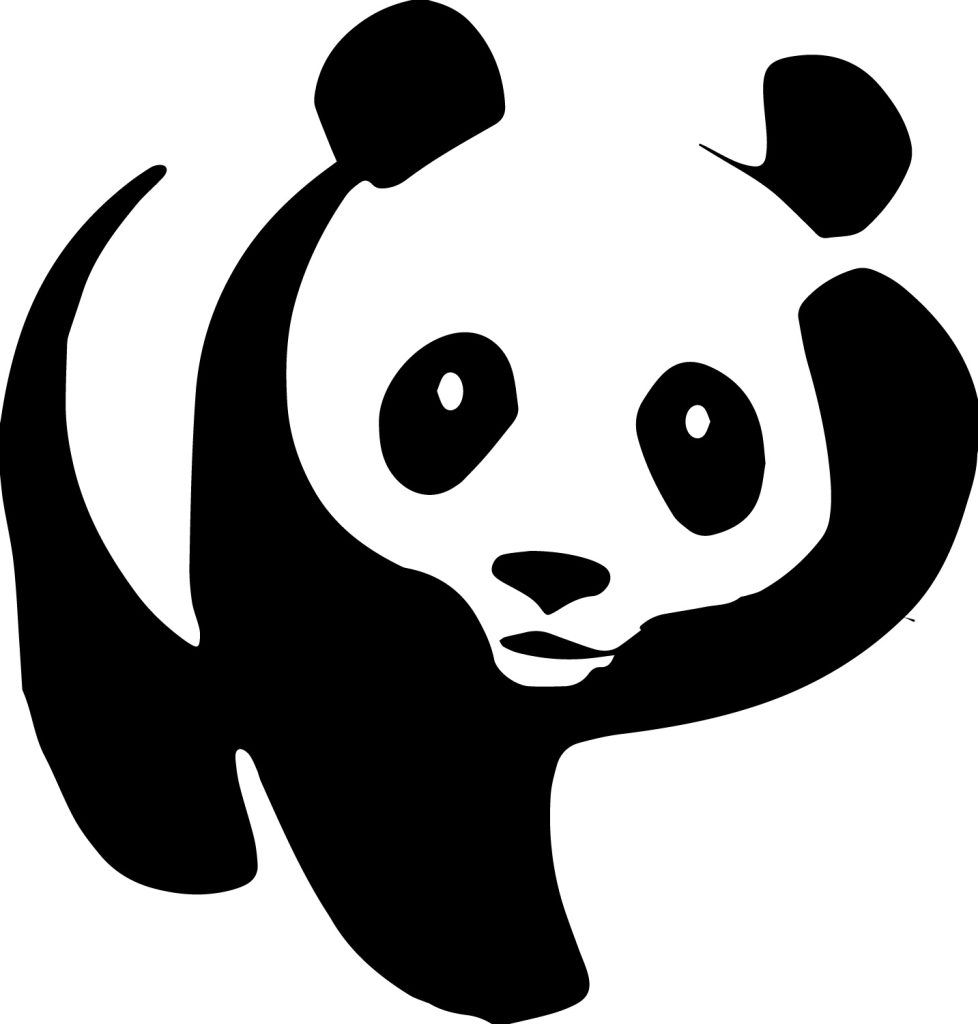
5. une girafe ou un crocodile
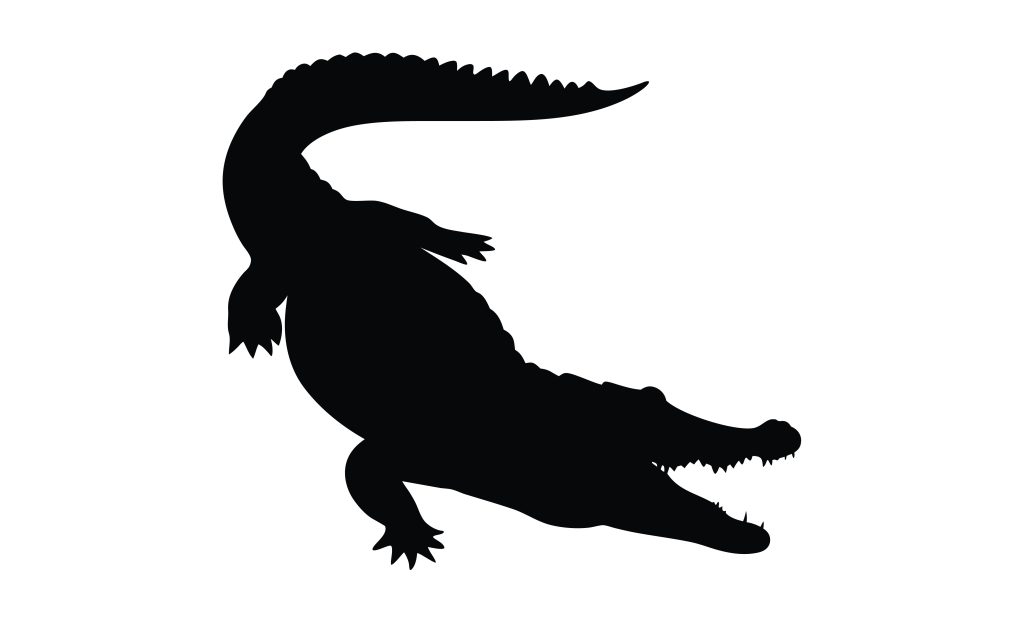
6. un lapin ou un chat
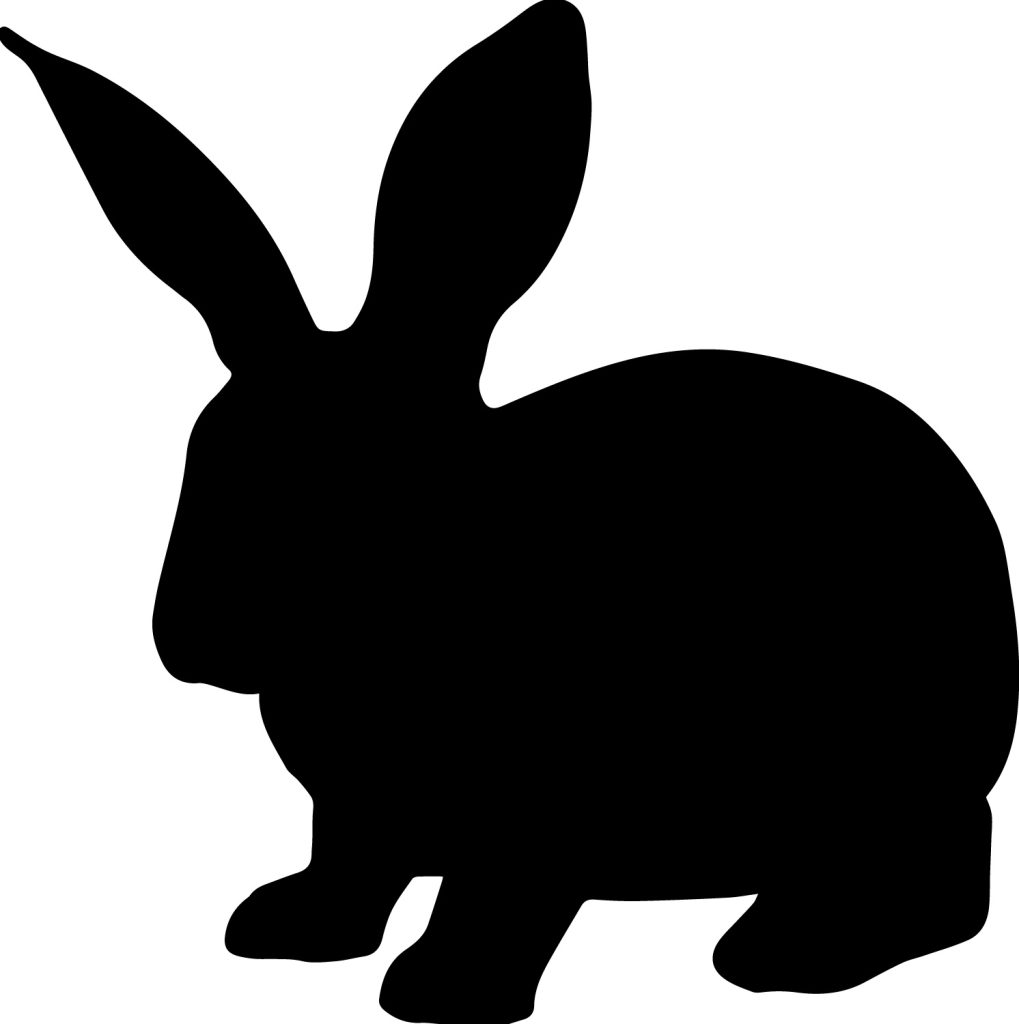
7. un chat ou un singe
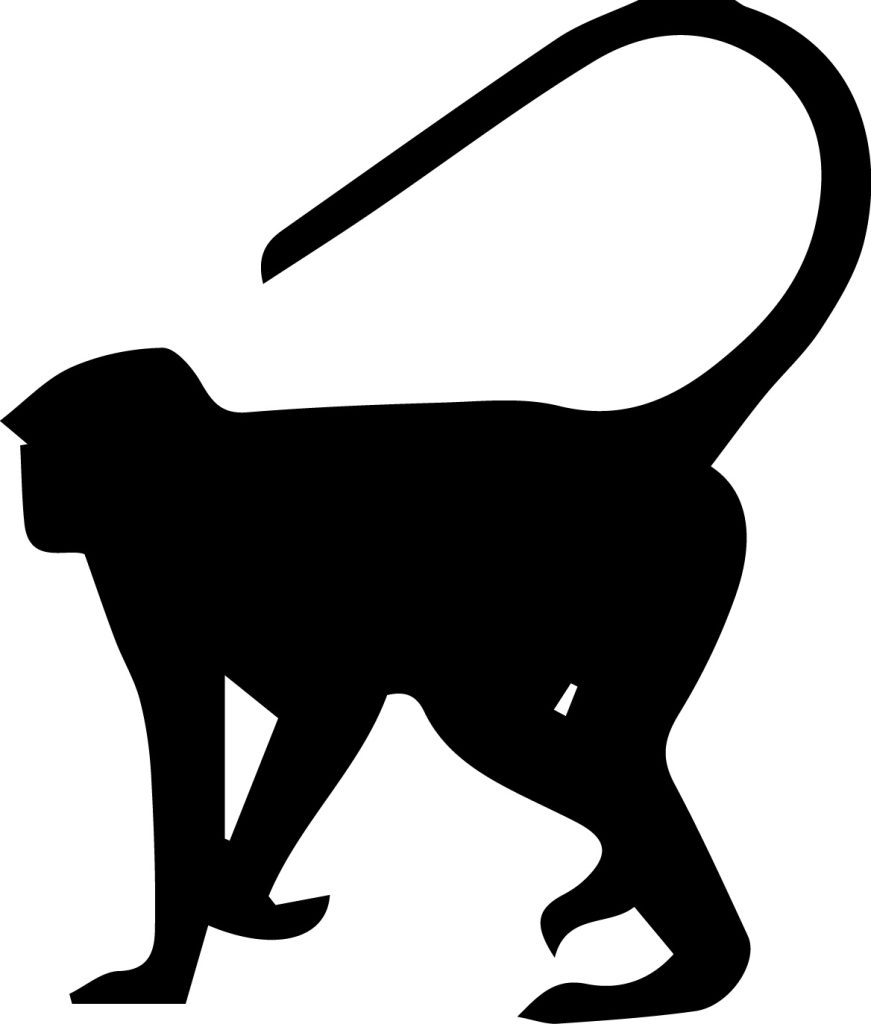
8. un chien ou un chat
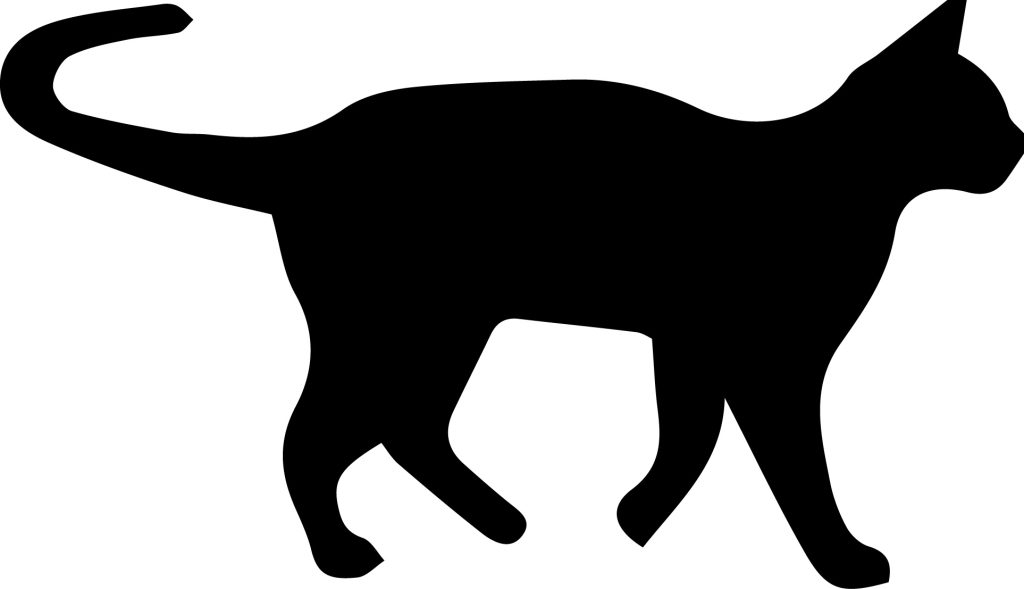
9. une girafe ou une baleine
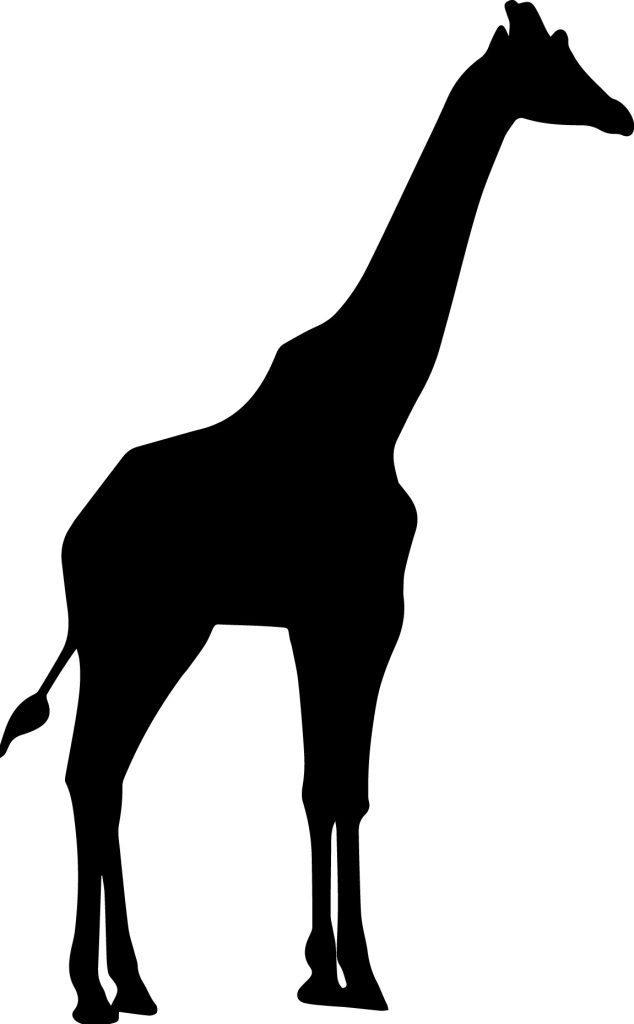
10. une tortue ou un éléphant
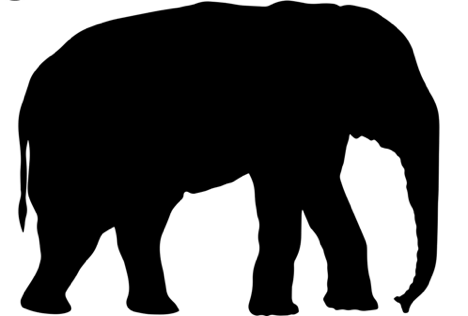
Activité B
Qu’est-ce que c’est ? Look at the images below and answer with “c’est” or “ce sont”.
| Animaux | Animaux | Animaux |
|---|---|---|
|
1. 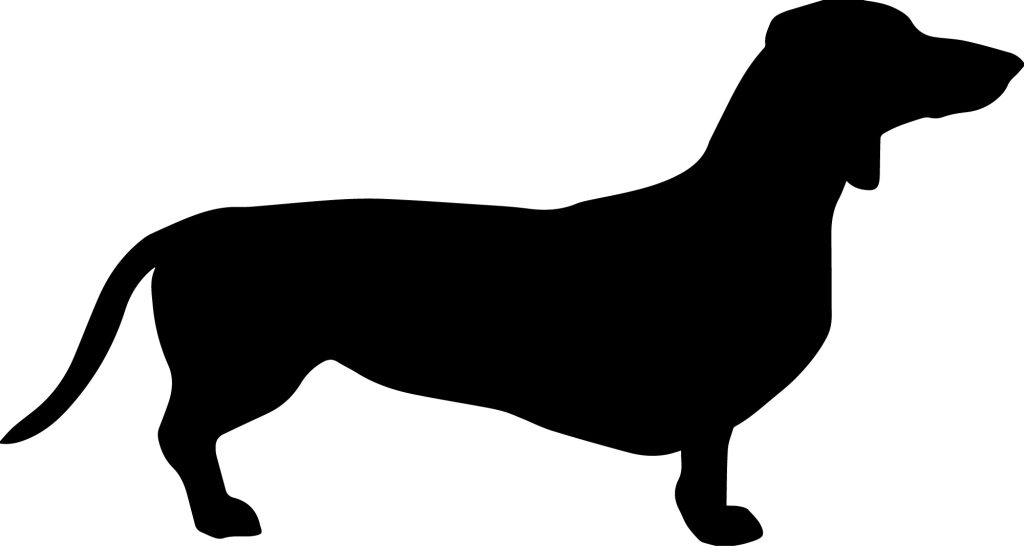 |
2. 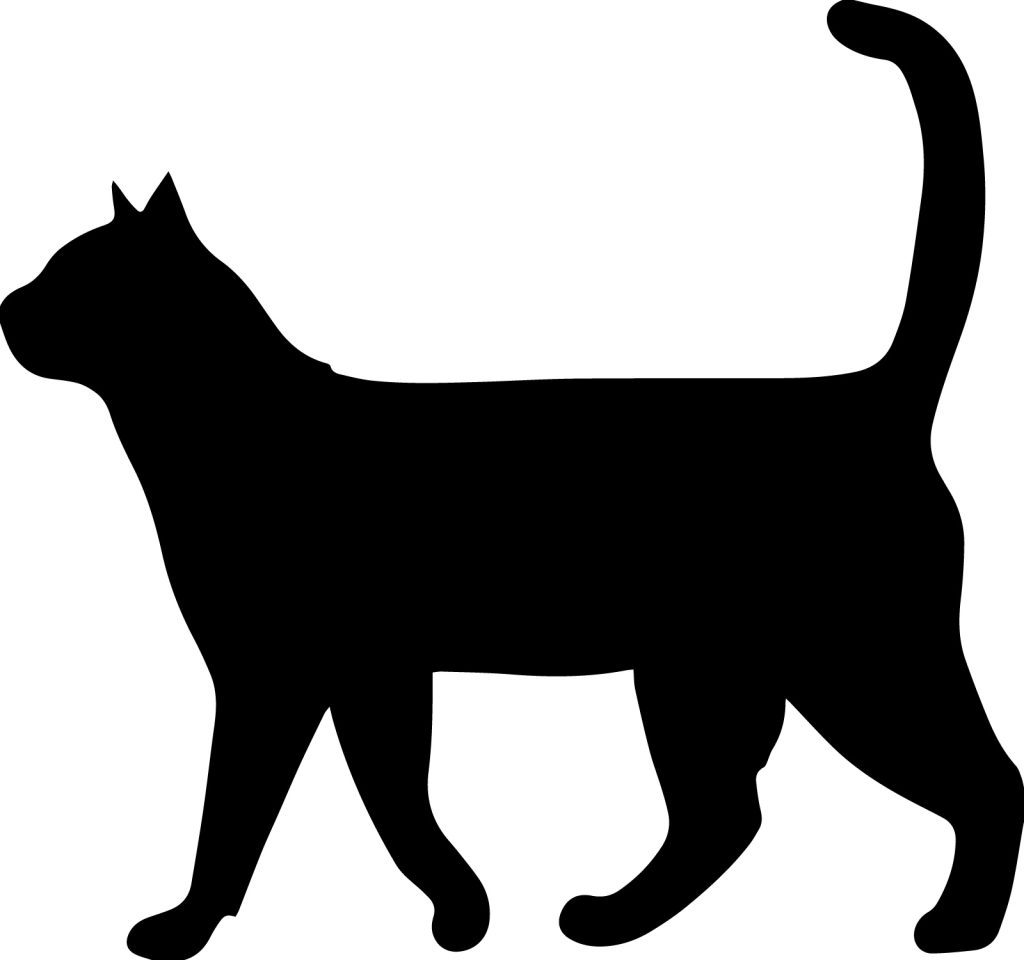 |
3. 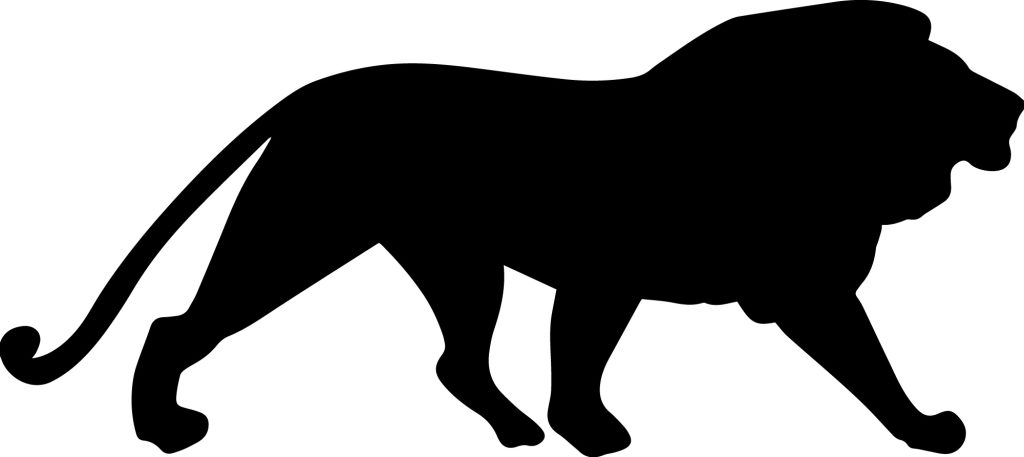 |
|
4. 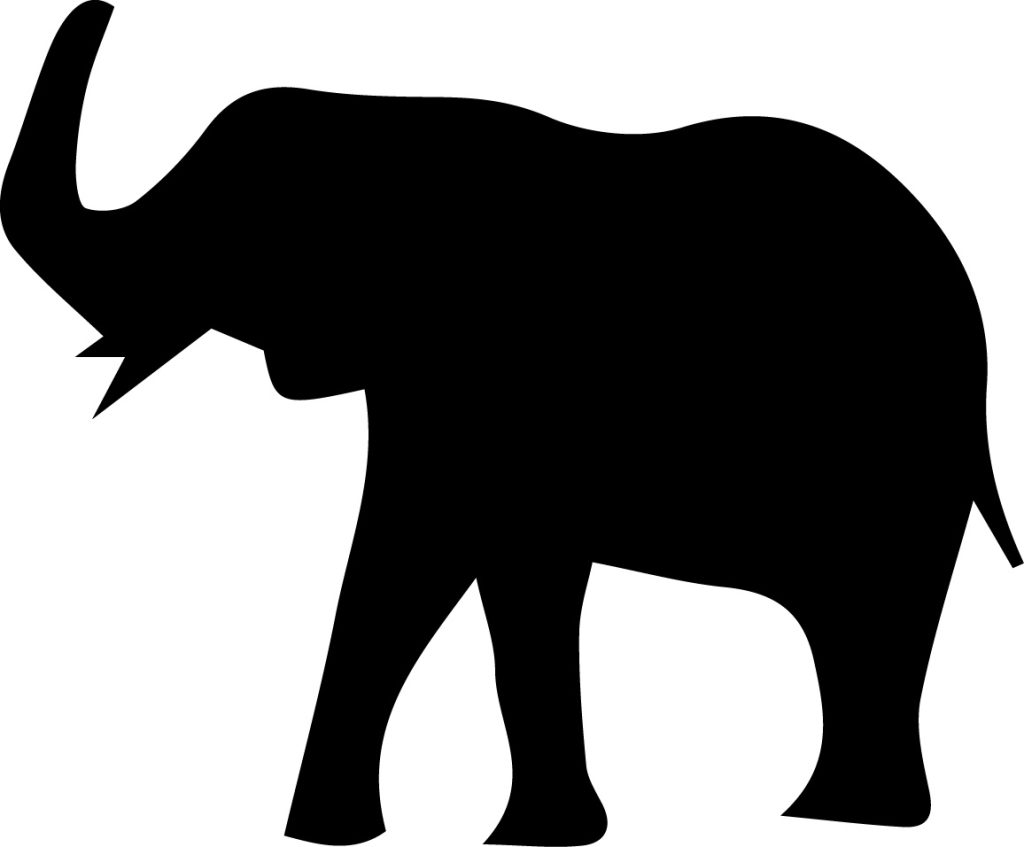 |
5. 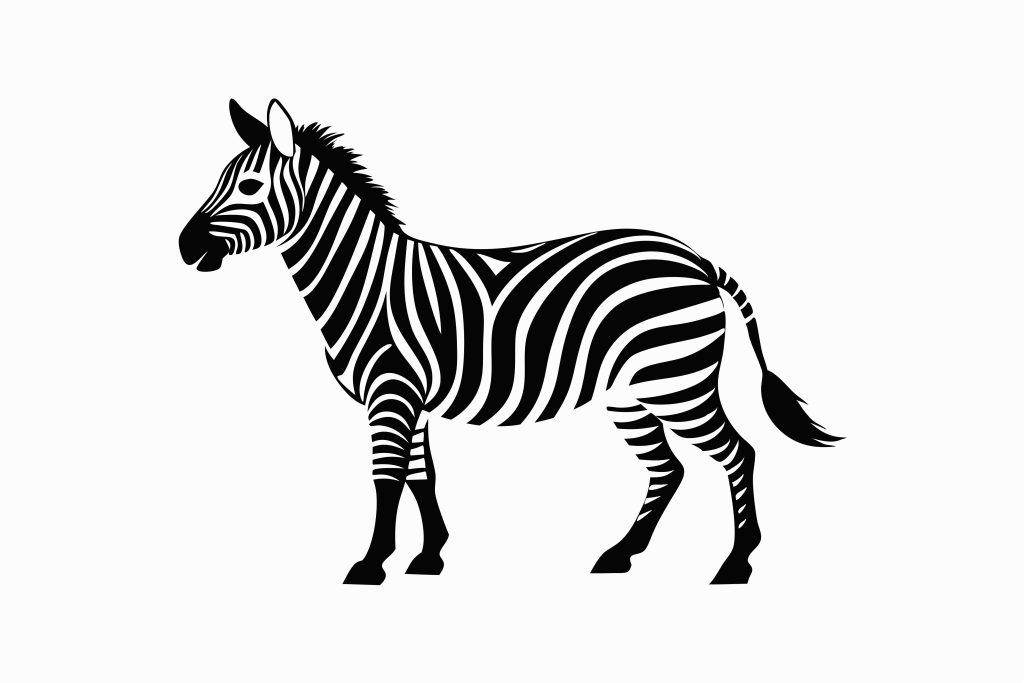 |
6. 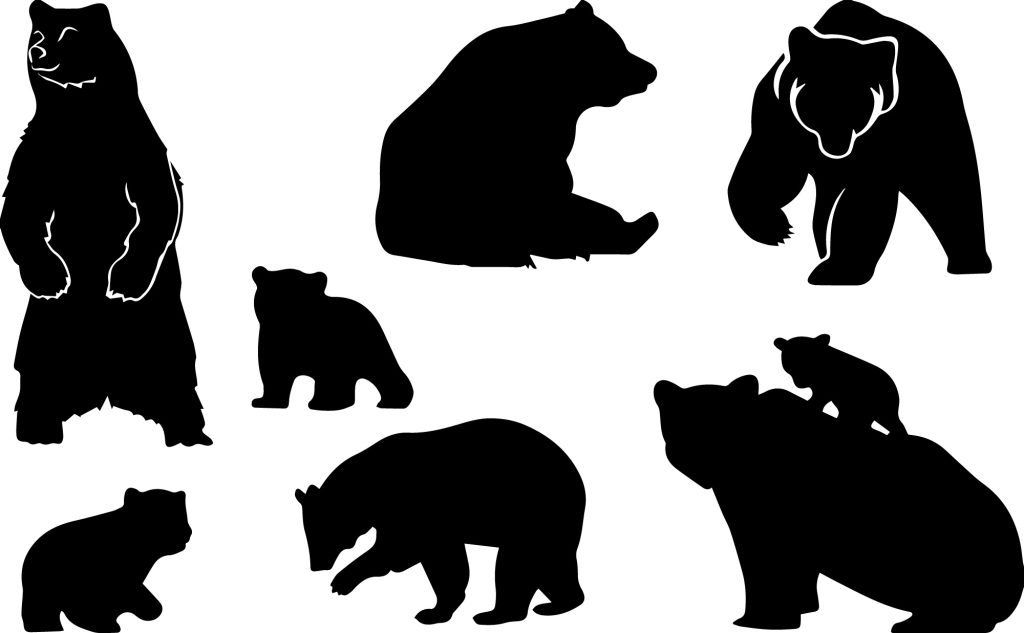 |
Activité C
Match the answers with the questions.
Vocabulaire
| Questions | Réponses |
|---|---|
| 1. Qui est-ce ? | a. Non, c’est une femme. |
| 2. Comment tu t’appelles ? | b. C’est Marie |
| 3. Qui sont-elles ? | c. Ce sont mes amis Jacques et Patrick. |
| 4. Qui sont-ils ? | d. Oui, c’est moi. |
| 5. Qu’est-ce que c’est ? | e. Fabienne et Lisa. |
| 6. Est-ce que c’est un homme ? | f. Je m’appelle Jean. |
| 7. Est-ce que c’est Marie ? | g. C’est un éléphant. |
| 8. C’est toi ? | h. Non, c’est Issa. |
Activité D
Répondez. Answer these questions according to images.
1. Qu’est-ce que c’est ? ________
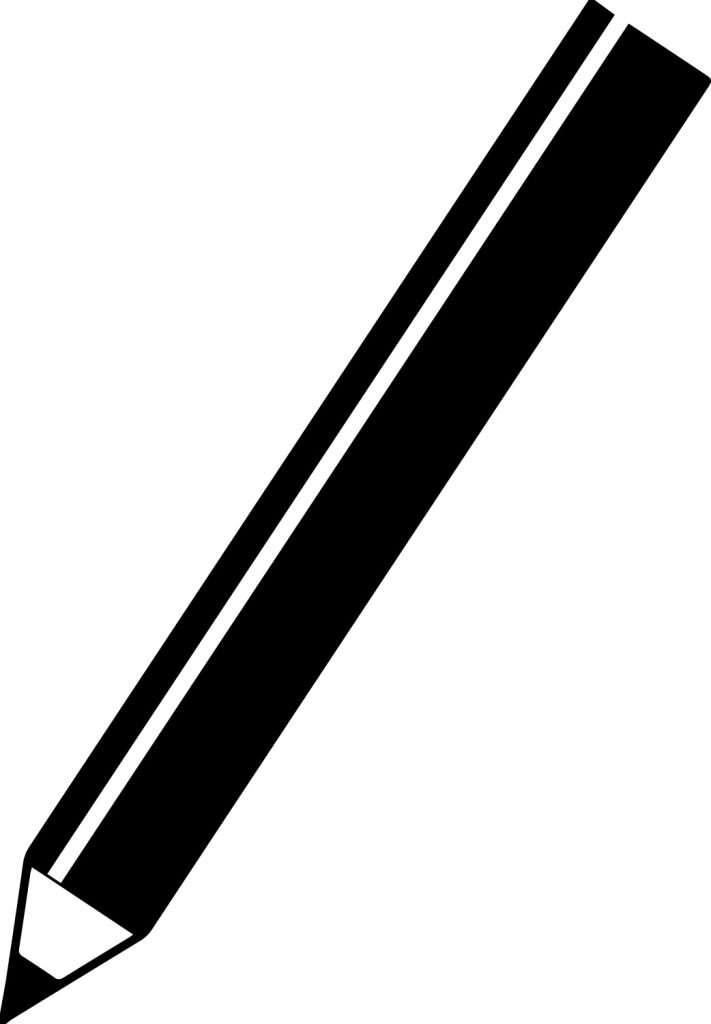
2. Qu’est-ce que c’est ? ________
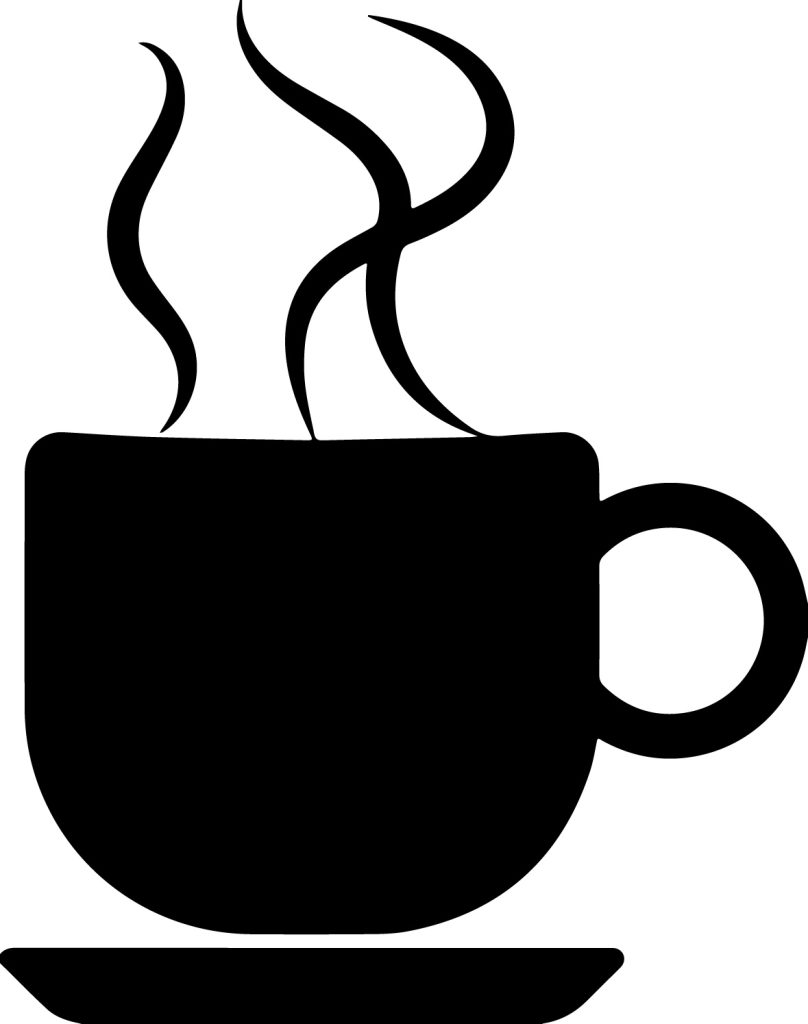
3. Qu’est-ce que c’est ? ________
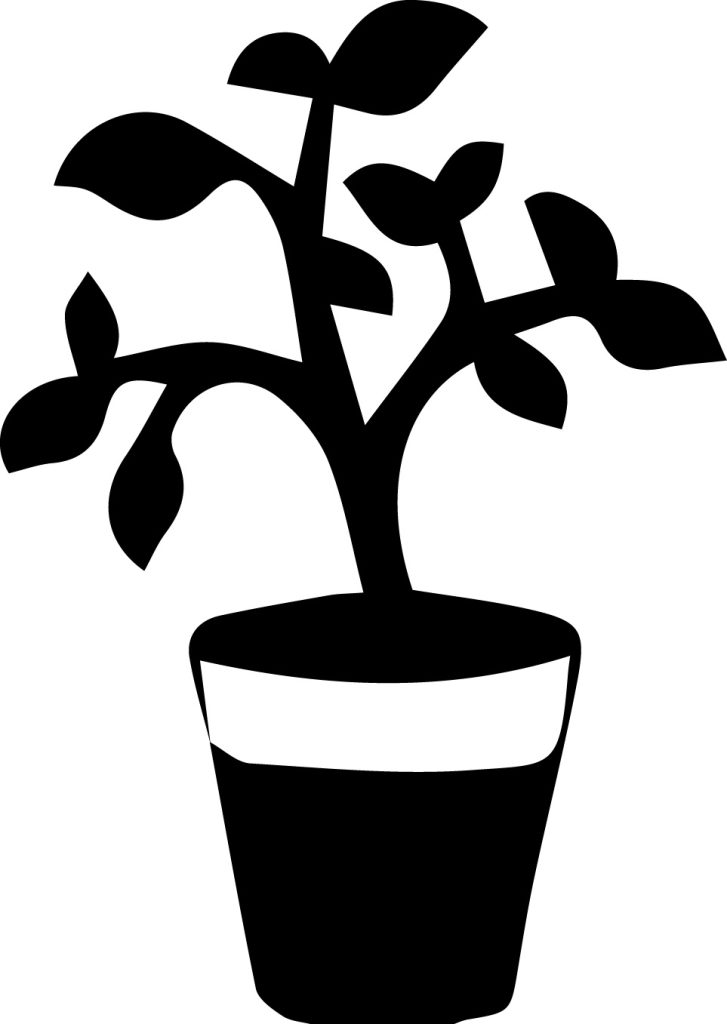
4. Qu’est-ce que c’est ? ________
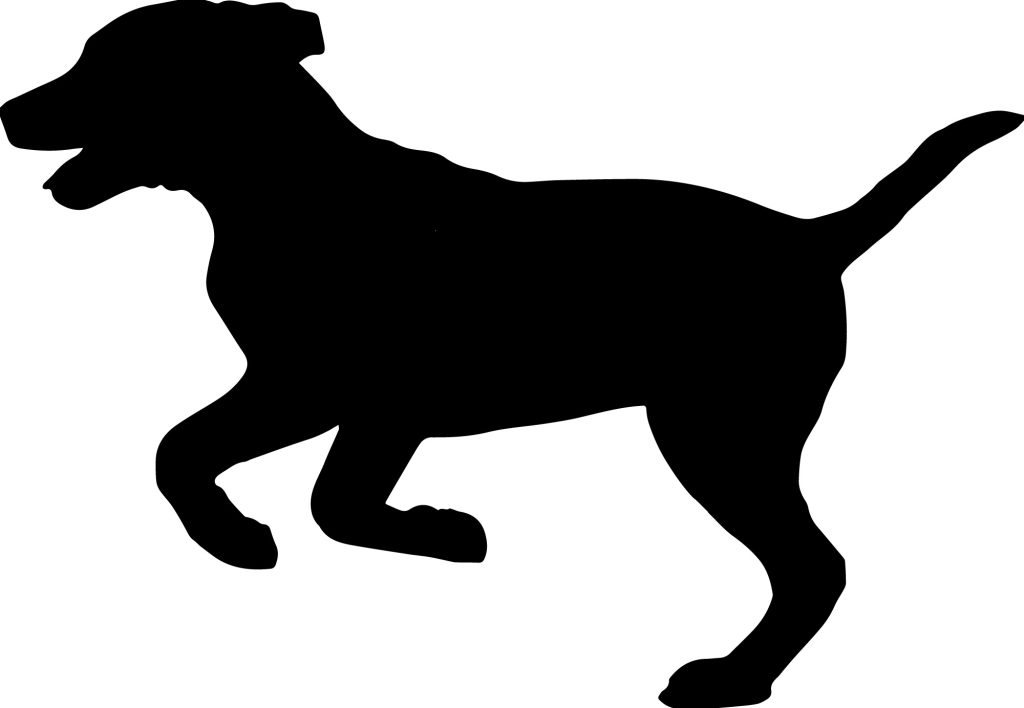
Activité E
Qu’est-ce que c’est ça ? You can do this activity with a variety of flashcards. It works best for large groups, like a whole class, but it can also work in small groups or even pairs.
- Find — or make — a set of flashcards with pictures on one side and the vocabulary word(s) on the other side.
- Each person should have one card at a time and be paired off with one other person.
- One of you will ask the other: Qu’est-ce que c’est ? while showing the picture side. The other will identify what it is by saying, C’est un(e)… For example, when you show someone a picture of a bear, you’ll say, Qu’est-ce que c’est ? and your partner will have to respond with C’est un ours (a bear). If they don’t know the answer, Je ne sais pas (I don’t know).
- Then have your partner ask you the same question about their picture.
- After you have finished the dialogue, you will exchange cards with your partner and go find a new partner to start the process all over again. You can continue this as long as you want. Just remember that the more you do it, the more you will remember the vocabulary, and you will never forget how to ask someone what something is again. Remember to take into consideration the gender and number of the objects (nouns) in your replies.
You can continue this as long as you want. Just remember that the more you do it, the more you will remember the vocabulary, and you will never forget how to ask someone what something is again. Remember to take into consideration the gender and number of the objects (nouns) in your replies.
On approfondit !
Use the following resources to type accents and/or search for words:
- Accents: ç, à, é, è, â, ê, î, ô, û, ù, ë, ï, ü
- Dictionnaire français-anglais
Exercice 1 : qu’est-ce que c’est ?
Exercice 2 : questions pour se présenter
Exercice 3 : questions pour se présenter
Exercice 4 : réponses typiques
Exercice 5 : réponses typiques
Objectifs
In this section, you will learn about:
- Definite articles (le, la, l’, les)
- Indefinite articles (un, une, des)
- Gender and number agreement
Media Alternative
Listen to the audio clips that follow on this page to hear the French pronunciation of vocabulary and examples presented.
On étudie !
(a) The most common type of adjective used is the determiner, also known as an article. An article, such as “the” or “a”, introduces a noun and it must be placed before the noun. Like any adjective, it must also agree with the gender of the noun(s) that it modifies. There are two types of articles: “definite articles” (articles définis) and “indefinite articles” (articles indéfinis). Here are the singular forms with gender agreement:
Articles indéfinis
| Genre | Singulier | Pluriel (a, an) |
|---|---|---|
| Masculin | un (a, an) | des (Ø, some) |
| Féminin | une (a, an) | des (Ø, some) |
Articles définis
| Genre | Singulier | Pluriel (a, an) |
|---|---|---|
| Masculin | le, l’ (the) | les (the) |
| Féminin | la, l’ (the) | les (the) |
[Place Audio]
Singular articles with gender agreement
| Genre | Défini (the) | Indéfini (a, an) |
|---|---|---|
| Masculin | le livre (the book) |
un livre (a book) |
| Féminin | la page (the page) |
une page (a page) |
(b) The articles le and la become l’ before words that begin with a vowel or a silent h. For example:
l’étudiant, l’avenue, l’île, l’université, l’hôpital, l’homme
These are called élisions. An elision is a type of contraction that occurs when two words are combined: one or more letters are dropped and replaced with an apostrophe. In English, elisions like “I’m” and “can’t” are optional and indicate informality.
(c) When nouns are plural, the articles must also be plural in order to agree with them. Most plural nouns in French end in -s. There are also some irregular plurals such as -x: le chapeau => les chapeaux; beau => beaux. Here are the plural forms with number agreement:
[Place Audio]
Plural articles with gender agreement
| Genre | Défini (the) | Indéfini (Ø, some) |
|---|---|---|
| Masculin | les livres | des livres |
| Féminin | les pages | des pages |
Note
- In English, you usually don’t use a plural indefinite article (like “some”). Instead we just say the plural noun without an article: thus, “a shoe” simply becomes “shoes”.
- Notice how the gender (masculine, feminine) distinction seems to have disappeared with these plural articles (les, des). However, the nouns have not lost their gender, and any other adjectives that are added to them must still agree with them in gender.
(d) Since each noun is either masculine or feminine (gender) and singular or plural (number), all adjectives used to describe — or modify how we understand — these nouns must agree with the gender and number of the nouns. For example:
[Place Audio]
Articles with number agreement
| Singulier | Pluriel |
|---|---|
| un chapeau noir | des chapeaux noirs |
| une robe bleue | des robes bleues |
| le chapeau blanc | les chapeaux blancs |
| la chaussure rouge | les chaussures rouges |
| l’imperméable jaune | les imperméables jaunes |
Note
In spoken French, we don’t hear the plural -s so we rely on other sounds to determine if it’s plural or singular. For example, compare the pronunciation of the singular le to the plural les.
On approfondit !
Ressources en ligne
Use the following resources to type accents and/or search for words:
- Accents: ç, à, é, è, â, ê, î, ô, û, ù, ë, ï, ü
- Dictionnaire français-anglais
Exercice 1 : articles définis (singulier)
Exercice 2 : articles définis (pluriel)
Exercice 3 : articles indéfinis (singulier)
Exercice 4 : articles indéfinis (pluriel)
Exercice 5 : singulier vs pluriel
This page titled 1.5: Qu’est-ce que c’est ? Identifier les choses is shared under a CC BY-NC 4.0 license and was authored, remixed, and/or curated by William J. Carrasco, Shahrzad Zahedi, & Caren Barnezet Parrish.
- Current page by William J. Carrasco, Shahrzad Zahedi, & Caren Barnezet Parrish is licensed CC BY-NC 4.0.
- 1.7: Description physique des personnes by William J. Carrasco, Shahrzad Zahedi, & Caren Barnezet Parrish is licensed CC BY-NC 4.0.
- 1.3: Comment se présenter by William J. Carrasco, Shahrzad Zahedi, & Caren Barnezet Parrish is licensed CC BY-NC 4.0.
This page titled 1.14: Structure – Déterminants – articles définis et indéfinis is shared under a CC BY-NC 4.0 license and was authored, remixed, and/or curated by William J. Carrasco, Shahrzad Zahedi, & Caren Barnezet Parrish.
- Current page by William J. Carrasco, Shahrzad Zahedi, & Caren Barnezet Parrish is licensed CC BY-NC 4.0.
- 1.7: Description physique des personnes by William J. Carrasco, Shahrzad Zahedi, & Caren Barnezet Parrish is licensed CC BY-NC 4.0.
- 1.3: Comment se présenter by William J. Carrasco, Shahrzad Zahedi, & Caren Barnezet Parrish is licensed CC BY-NC 4.0.
